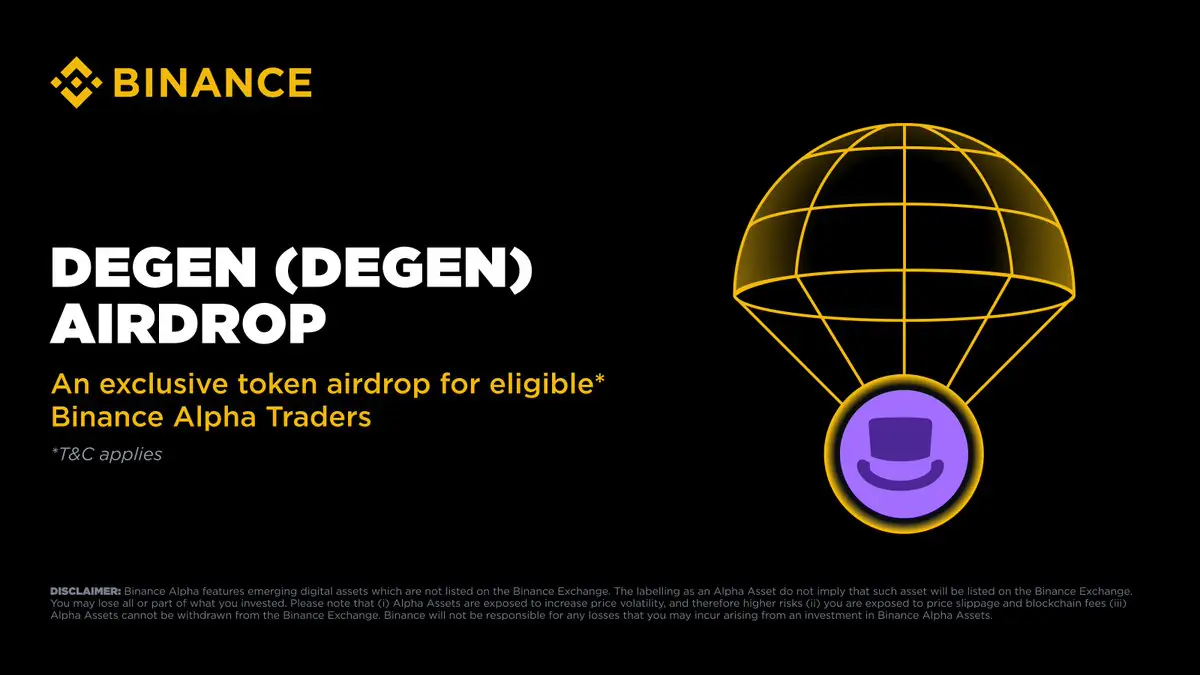TLDR
D-Wave launched its sixth-generation Advantage2 quantum system via cloud, causing shares to surge 28% The new system features improved connectivity between quantum bits and better energy efficiency D-Wave reported record quarterly revenue of $15 million, a 509% increase year-over-year Wall Street analysts rate the stock “Outperform” despite bookings decreasing 64% to $1.6 million The company maintains $304 million in cash and is developing next-generation processors with higher qubit countsD-Wave Quantum has announced the cloud availability of its sixth-generation quantum system, Advantage2, pushing the company to the forefront of commercial quantum computing. The stock surged 28% following the news, reaching $16.90 on Tuesday, while major indexes declined.
 D-Wave Quantum Inc. (QBTS)
D-Wave Quantum Inc. (QBTS)
This latest system builds on D-Wave’s previous Advantage platform released in 2020. Customers can now access the technology through D-Wave’s Leap cloud service, with physical installations planned over the coming years.
Trevor Lanting, the company’s chief development officer, highlighted the system’s improved connectivity between quantum bits. “This allows us to pose more complex problems and solve them with the technology, whether they’re business optimization problems or lattice materials,” he explained.
The new system runs more efficiently than previous generations, with improvements in coherence and energy scale reducing power consumption. Lanting emphasized the technology’s energy efficiency for tackling complex computational problems.
We are excited to announce the general availability of D-Wave’s Advantage2TM annealing quantum computer, our most advanced and performant system to date. The Advantage2 system is a powerful and energy-efficient quantum computer capable of solving computationally complex problems… pic.twitter.com/a0DBB1MfZO
— D-Wave (@dwavequantum) May 20, 2025
While currently available only via cloud, D-Wave plans to upgrade on-premises systems in the future. These include machines at the Jülich Supercomputing Centre and Davidson Technologies in Alabama.
System Upgrades and Market Response
CEO Alan Baratz described the upgrade process as lengthy. “We’ve got to warm up the system, install the new processor, cool down the system, recalibrate the system—and just the calibration process itself could take four to six months,” he said.
D-Wave’s stock performance has been volatile. The company faced criticism in April from short sellers who claimed it overstated its systems’ capabilities. Baratz dismissed these allegations as “ridiculous” and “full of misinformation.”
The quantum computing sector saw declines following Nvidia’s annual developer conference in March, where expected timelines for widespread quantum deployment failed to materialize. D-Wave closed down 18% on Nvidia’s “Quantum Day.”
Before the conference, D-Wave claimed to demonstrate “quantum supremacy” when its system completed a materials simulation in 20 minutes that would take a supercomputer nearly 1 million years. However, increased scrutiny eroded initial stock gains from this announcement.
Financial Performance and Future Outlook
D-Wave recently reported record quarterly revenue of $15 million, a 509% increase year-over-year. The company’s net loss narrowed to $5.4 million, showing progress toward profitability.
Bookings decreased 64% to $1.6 million, which Baratz attributed to the early commercialization stage. “Bookings are going to be more lumpy as opposed to smoothly increasing,” he noted.
D-Wave categorizes deals into professional services, quantum-as-a-service, and system sales. Individual quantum systems can cost between $20-40 million, creating a high barrier to entry and longer sales cycles.
The company maintains a strong cash position of $304 million, which it expects will support operations until reaching profitability.
Several challenges remain for quantum computing adoption. The systems rely on subatomic particles like photons or electrons as information units, making them highly sensitive to environmental interference that can cause calculation errors.
D-Wave is already developing its next generation of quantum processors, focusing on increasing qubit count for more powerful multi-chip solutions.
“We’re able to do calculations beyond the reach of possibility for classical systems,” Lanting told Barron’s. “There is a gap and that gap will continue to open up very rapidly. That’s the promise of quantum computing.”
The company has expanded its customer base with partnerships including Ford AutoSon and Japan Tobacco for production applications, while also introducing new hybrid quantum solver capabilities to enhance its optimization offerings.
Wall Street appears optimistic about D-Wave’s prospects, with an average brokerage recommendation of “Outperform.” However, analysts’ average price target of $12.60 suggests potential downside from current levels.
D-Wave continues to work on its next generation of quantum processors as it pushes forward in the race to develop commercially viable quantum computers.
The post D-Wave Quantum (QBTS) Stock: Shares Rise 28% Following Sixth-Generation System Release appeared first on CoinCentral.


 3 weeks ago
11
3 weeks ago
11 










 Bengali (Bangladesh) ·
Bengali (Bangladesh) ·  English (United States) ·
English (United States) ·